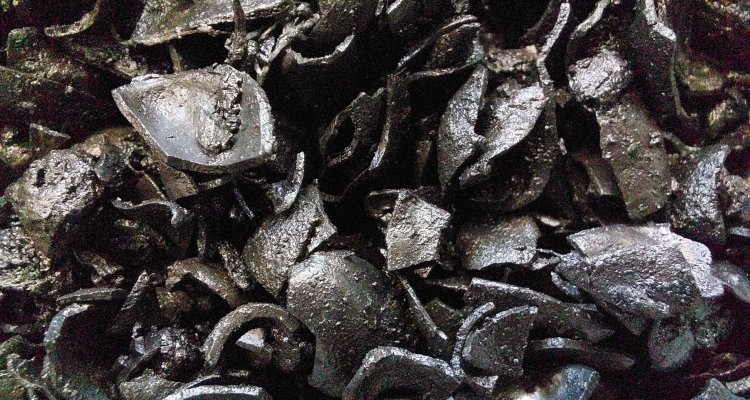
News
Parties around the table about the use renewable raw materials for growing media in 2030
With the Covenant on the Environmental Impact of Potting Soil and Substrates, fourteen organizations agreed last year to gradually increase the use of renewable raw materials and to only use certified peat. The Greenhouse Horticulture and Flower Bulbs Business Unit of Wageningen University & Research was closely involved in the development of this agreement, including the provision of data. An inventory of renewable raw materials will be published in the spring of 2024, as well as substantiation to agree on percentages of renewable raw materials in the professional market in 2030.
The use of peat in potting soil and substrate is under discussion. Fourteen organizations, including the Ministry of Agriculture, Nature and Food Quality, the TurfVrij Action Group and the Association of Potting Soil and Substrate Manufacturers of the Netherlands (VPN), therefore agreed on the Covenant on the Environmental Impact of Potting Soil and Substratesin 2022, containing a step-by-step plan for increasing the level of renewable raw materials. The first consultations for that agreement took place at WUR in Wageningen, facilitating the meeting and providing important dates.
The agreement was signed on November 18, 2022. The covenant contains agreements for 2025, 2030 and 2050 for consumer applications and for 2025 and 2050 for professional applications. In 2025, professional substrate will consist of 35% renewable raw materials; for consumer products at least 60%. The peat used will meet the RPP requirements for 100% (Responsibly Produced Peat, an independent European certification system) and a total of at least 600,000 m3 of compost is used.
No agreements have yet been made for the minimum content of renewable raw materials in professional applications for 2030. The parties will discuss and decide this matter this autumn. WUR is an independent discussion partner, providing data and an inventory of renewable raw materials for potting soil and substrates. This inventory was carried out last year. A shortlist of 40 more or less promising raw materials has been drawn up from a longlist of 140 substances. The availability is described for each raw material, including possible (cultivation) technical disadvantages and including the most advantageous mixtures. This inventory will be publicly available from spring 2024